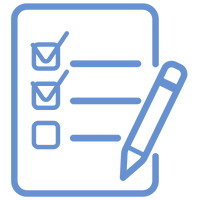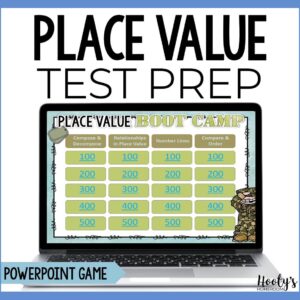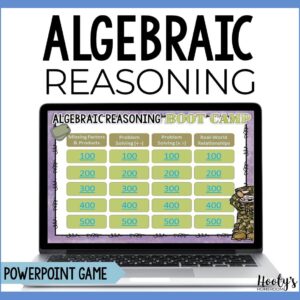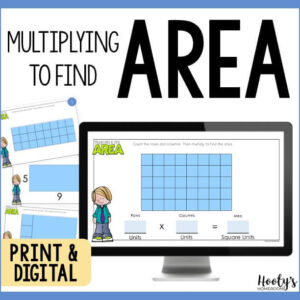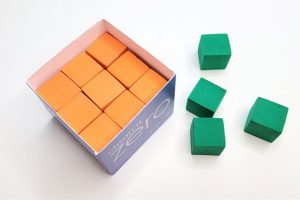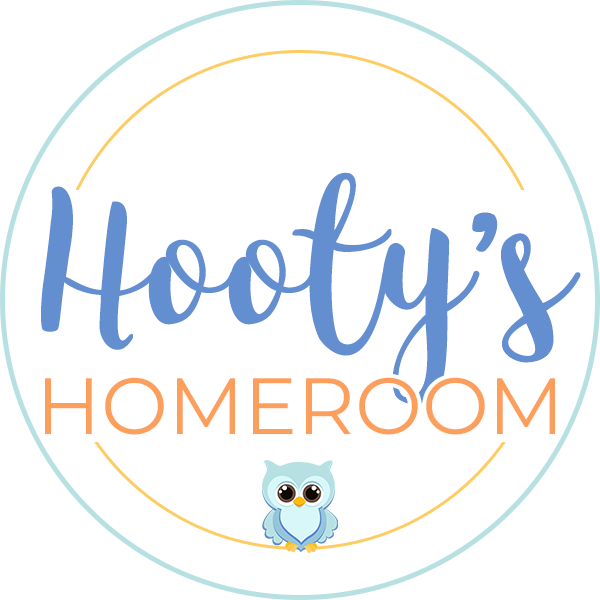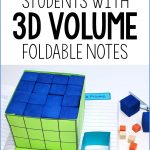Creating 3-dimensional volume notes for interactive notebooks is a must. Not only do hands-on experiences get kids excited about math, but they also help build confidence and conceptual knowledge. My kids always get excited whenever I show them a new way to fold notes in our math notebooks. Learning to make their notes 3-dimensional blows their minds!
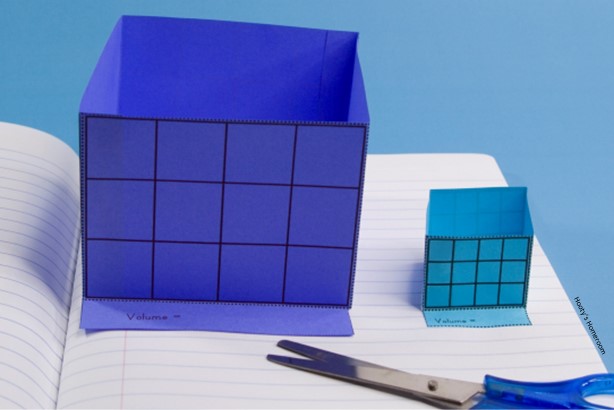
Why I use foldable notes when teaching volume
Despite the fact that finding the volume of rectangular prisms is typically pretty easy for students, I want them to have a solid understanding of what volume is. With hands-on volume measurement experiences, students will start noticing volume opportunities around them.
I encourage my students to find real world examples.
- When buying a new microwave, do you need a 2.2 cubic feet model or will the 1.5 model be big enough?
- When buying a car, do you need a little trunk space or a lot? A 2021 Toyota Camry has 15.1 cubic feet of trunk space while a Honda Civic has 25.7 cubic feet.
How I use interactive notebooks to teach volume
There are 2 types of folded notes that my students put in their notebooks – flaps and prisms. The most important type is the prism because it helps students understand the basic principles of volume.
It doesn’t take long to guide students through the process of making the prism and gluing it into the notebook. Once they have done that, we fill the prism with cubes and determine its volume.
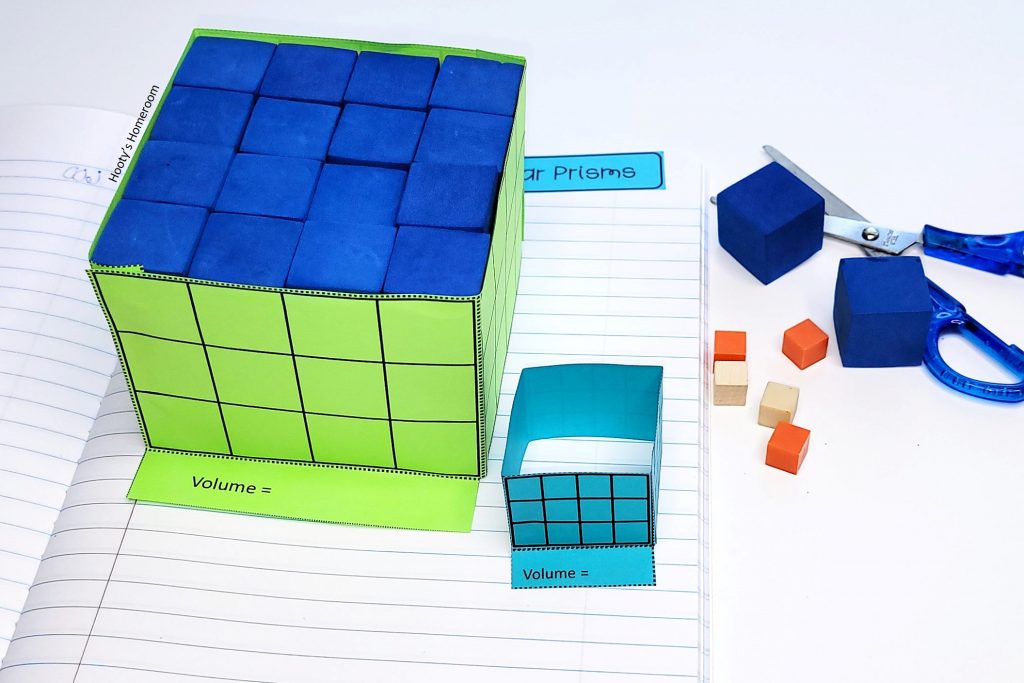
My students are always curious about how we’re going to close our notebooks without smashing our prisms. I give them a few minutes to see if they can figure it out. I love watching their brains at work!
Once we have finished with the foldable prisms, we add the flap notes. This is a great way for students to document any theories they discovered with the foldable prism.
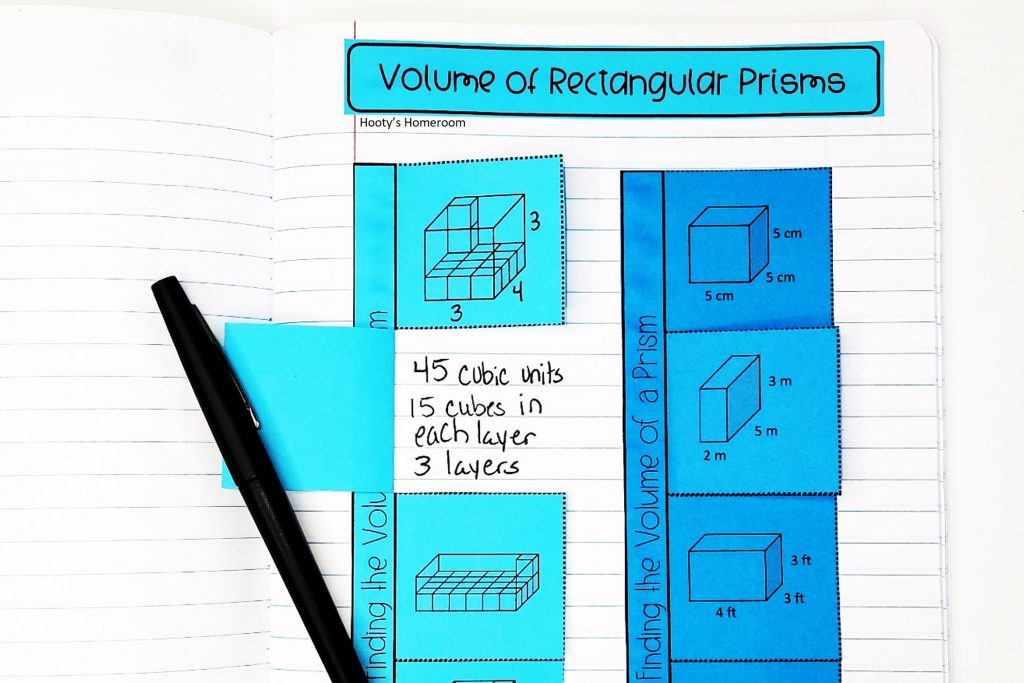
Directions for making a template
Making 3-dimensional paper prisms seems complicated, but it’s really not. You can easily create your own templates on a computer or purchase premade volume templates.

Step 1
On your computer, create 4 equal rectangles and connect them together horizontally.

Step 2
Add a rectangular tab at the bottom of the first rectangle. This tab will be used to glue the prism into the notebook.

Step 3
Add another rectangular tab to the end of the 4th rectangle. This tab will be used to connect the ends to make the paper 3 dimensional.

Make copies for each of your students.
Directions for assembling your template
step 1
Have students cut out the figure around the outside edge. Then, fold the edges of each rectangle.
step 2
Place a small amount of glue onto the right glue tab.
Attach the tab to the back of the 1st rectangle to make the figure 3 dimensional.
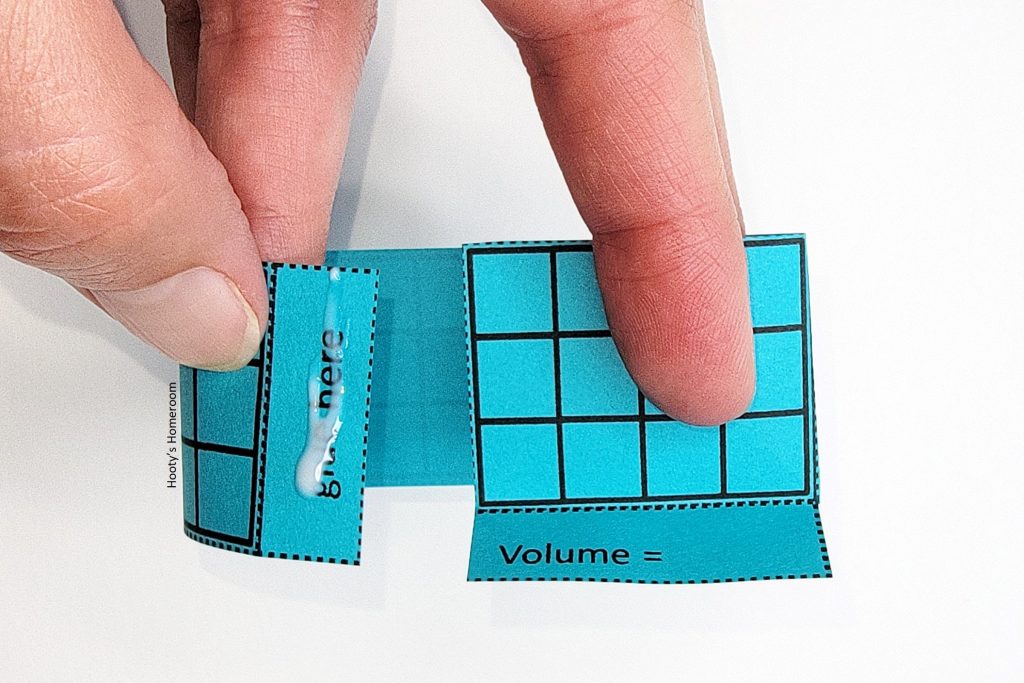
step 3
Place a small amount of glue on the bottom of the tab that is below the 1st rectangle.
Use this tab to glue the prism into the notebook.
Once the glue dries, your prism is ready to be filled with cubes.

teaching Considerations
Have your students build paper prisms that contain the same number of cubes but in different units. I have my students build a prism that has a volume of 30 cubic inches and another that has a volume of 30 cubic centimeters. Then we discuss why the prisms are different sizes even though they both can hold 30 cubes.
It is so easy to get caught up in a rush to cover a bunch of skills that we sometimes neglect to give students hands-on experiences in math. I’m guilty of this too. Creating foldable prisms doesn’t take long and will give your students a memorable experience they can build on. Not only that, but they look cool in your interactive notebooks! My students also love creating 3D notes to practice geometry vocabulary. If you want to give 3D volume notes a try but don’t have the time to create your own folded notes, you can get premade volume templates for your math notebooks in my TpT store.





